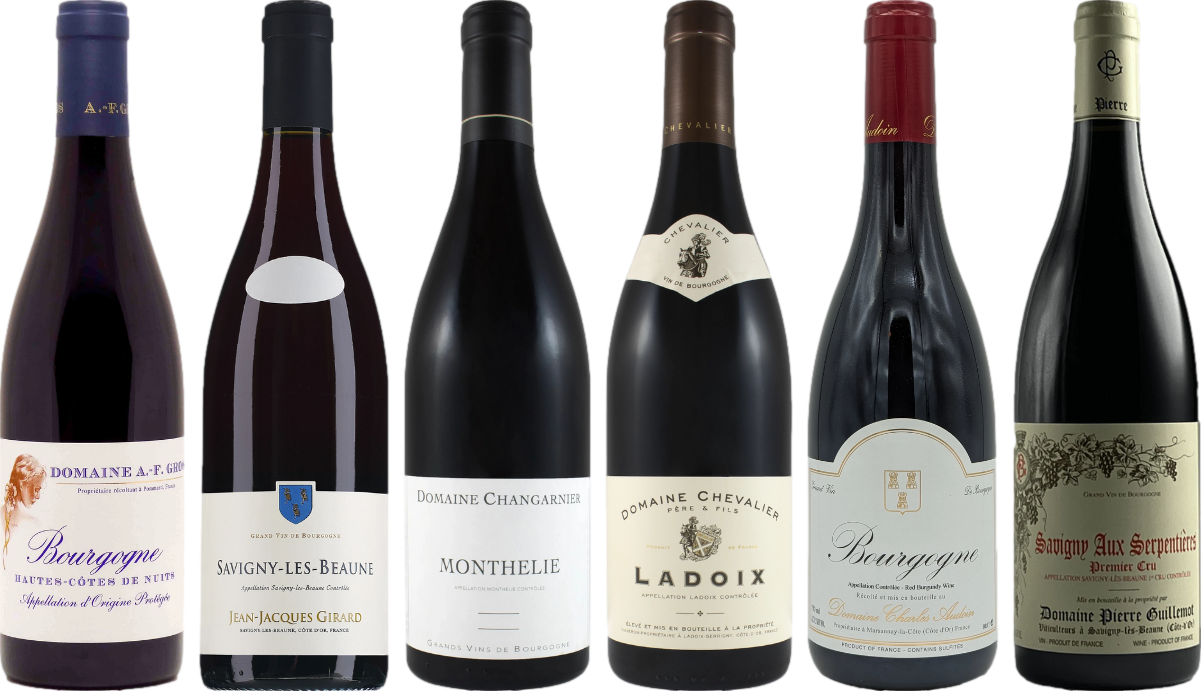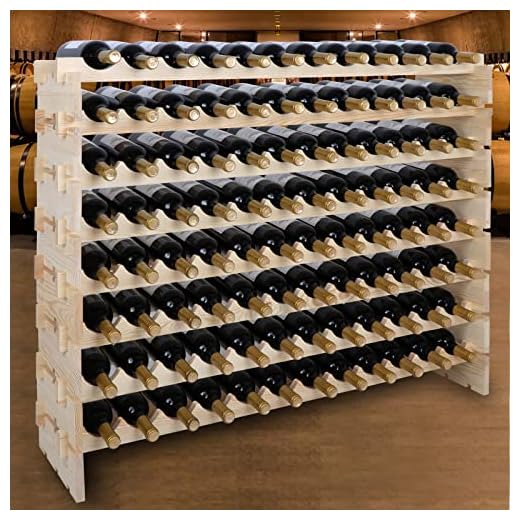



Typically, a sealed bottle of red varietal can maintain its optimal characteristics for 3 to 5 years. This timeframe may vary based on the type of grape, production methods, and storage conditions. For example, full-bodied options like Cabernet Sauvignon may hold up to 10 years if stored properly.
To ensure longevity, keep the bottles in a cool, dark space with a consistent temperature, ideally between 50 to 55 degrees Fahrenheit. The humidity level should be around 70% to prevent cork drying, which can lead to oxidation. Avoid exposure to light and vibrations, as these factors can compromise the quality over time.
Once the bottle is opened, the window for enjoyment significantly narrows. Typically, it should be consumed within a few days to a week for the best experience. Paying attention to storage conditions plays a crucial role in maintaining the integrity of the beverage, whether sealed or already opened.
Duration of Sealed Bottles of Burgundy
Typically, a sealed bottle of this varietal can maintain its quality for 3 to 5 years without significant deterioration. However, premium options, particularly those from renowned regions, may remain enjoyable for a decade or more.
Storage conditions play a pivotal role. Keeping bottles in a cool, dark place with stable temperatures and humidity will extend their lifespan. Aim for a temperature around 55°F (13°C) and humidity levels between 50-70% for optimal preservation.
Always inspect the cork and label for signs of damage or leakage before consuming. If the cork appears pushed out or the wine exhibits an unusual odor, it’s best to err on the side of caution. Enjoying these selections within the recommended timeframe will ensure an optimal tasting experience.
For casual drinkers, selecting bottles with a vintage year can be beneficial; younger bottles generally offer more freshness and fruit-forward characteristics. Keep track of the vintage and consume accordingly to maximize enjoyment.
Understanding Wine Aging Potential
Quality bottles can mature beautifully, often improving for several years, sometimes decades. Ideal conditions include consistent temperature, humidity, and minimal light exposure. A temperature of around 55°F (13°C) is optimal for storage, while humidity levels between 50-70% prevent corks from drying out.
Varietals such as Cabernet Sauvignon and Syrah show remarkable aging potential, developing complex flavors over time. In contrast, lighter options like Pinot Noir may not benefit from extended aging. It’s crucial to assess the specific characteristics of each bottle.
Monitoring the bottle’s condition is essential. Sediment formation is a natural occurrence in aged selections, indicating a wine that has matured. Tasting periodically allows for evaluating its development and determining the right time for enjoyment.
Investing in a proper cellar or wine fridge ensures the ideal environment for aging. Avoiding excessive movement and temperature fluctuations preserves the integrity of the liquid. Selecting a few bottles known for their longevity can provide a rewarding experience as they evolve.
Factors Influencing Shelf Life of Unopened Wine
Temperature stability is paramount. Aim for a consistent environment around 55°F (13°C). Extreme fluctuations can spoil your bottle faster.
Light exposure matters too. Store in a dark place; UV rays can degrade the flavors. A dark cellar or a dedicated wine fridge works best.
Humidity should be around 70%. This prevents corks from drying out, which can lead to oxidation. A hygrometer can help monitor this.
Choose bottles with high-quality corks. Synthetic corks might offer better longevity than natural ones, especially in fluctuating conditions.
Consider the wine’s origin and grape variety. Some varietals are crafted for aging, while others are intended for early consumption. Research specific labels for guidance.
Check for the seal quality. A damaged capsule or cork can compromise the contents over time. Inspect your bottles regularly.
For more insights on maintaining quality, visit .
Optimal Storage Conditions for Unopened Bottles
Maintain a consistent temperature between 50°F and 65°F (10°C to 18°C) for ideal preservation. Fluctuations can damage the liquid inside. Aim for a humidity level around 70% to prevent corks from drying out. This helps avoid oxidation.
Light and Vibration Management
Keep bottles away from direct sunlight and fluorescent lighting. UV rays can alter flavors and aromas. A dark storage area is preferable. Additionally, minimize vibrations, which can disturb sediment and affect aging.
Storage Orientation
Store horizontally to keep the cork moist, preventing air from entering. Use wine racks or boxes that allow for proper airflow. Avoid placing bottles in the kitchen or near appliances that generate heat.
| Storage Aspect | Recommended Condition |
|---|---|
| Temperature | 50°F – 65°F (10°C – 18°C) |
| Humidity | 70% |
| Light Exposure | No direct sunlight |
| Vibration | Minimal |
| Orientation | Horizontal |
Identifying Signs of Aging in Unopened Bottles
To assess the aging potential of sealed bottles, focus on several key indicators. Some of these factors can guide your expectations regarding taste evolution and overall quality.
Visual Cues
- Label Condition: A well-preserved label suggests proper storage. Any signs of peeling, fading, or water damage may indicate exposure to unfavorable conditions.
- Cork Integrity: Inspect the cork for any signs of leakage or mold. A compromised cork can lead to spoilage, affecting the contents inside.
- Color Variation: Over time, the hue of the liquid may shift. A deeper color can suggest maturity, while a lighter shade may indicate a lesser aging potential.
Aroma and Expected Flavor Profile
- Aroma Changes: A bottle that has aged well will often develop complex aromas. Anticipate notes such as dried fruit, spice, or leather, indicating maturity.
- Tannin Evolution: As time progresses, tannins mellow. If you expect a smoother texture, this can indicate a successful aging process.
- Flavor Depth: Mature bottles often provide layered flavors. Expect a shift from fruity to earthy or spicy nuances as the wine develops.
In summary, examining these visual and olfactory characteristics can help predict the aging trajectory of sealed bottles. Keep these elements in mind to enhance your understanding of quality and potential enjoyment.
Best Practices for Enjoying Unopened Bottles of Red Vino
Store bottles horizontally to keep corks moist. This prevents air from seeping in and spoiling the contents. Choose a dark, temperature-stable location, ideally between 50-55°F (10-13°C).
Temperature Control
- Avoid exposing bottles to extreme temperatures or fluctuations.
- Refrain from storing near heat sources or in direct sunlight.
- Maintain consistent humidity around 70% to preserve cork integrity.
Choosing the Right Environment
- Utilize a dedicated wine fridge for optimal climate control.
- Ensure the space is vibration-free to avoid disrupting the aging process.
- Keep bottles away from strong odors that can permeate through the cork.
Before opening, inspect the label for any signs of damage or leakage. Ensure that the seal remains intact for the best experience. If you’re planning a special occasion, consider allowing the wine to acclimate to room temperature before serving. This enhances its aromatic profile and overall enjoyment.








